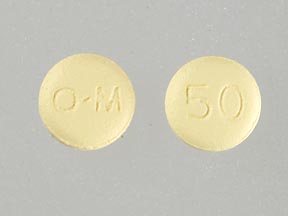Tapentadol Interactions
There are 398 drugs known to interact with tapentadol, along with 14 disease interactions, and 1 alcohol/food interaction. Of the total drug interactions, 187 are major, 210 are moderate, and 1 is minor.
- View all 398 medications that may interact with tapentadol
- View tapentadol alcohol/food interactions (1)
- View tapentadol disease interactions (14)
Most frequently checked interactions
View interaction reports for tapentadol and the medicines listed below.
- Celebrex (celecoxib)
- Cymbalta (duloxetine)
- Effexor XR (venlafaxine)
- Endep (amitriptyline)
- Fish Oil (omega-3 polyunsaturated fatty acids)
- Lexapro (escitalopram)
- Lipitor (atorvastatin)
- Lyrica (pregabalin)
- Nexium (esomeprazole)
- Norflex (orphenadrine)
- OxyContin (oxycodone)
- Ozempic (semaglutide)
- Panadol (acetaminophen)
- Panadol Osteo (acetaminophen)
- Paracetamol (acetaminophen)
- Phenergan (promethazine)
- Pristiq (desvenlafaxine)
- Ritalin (methylphenidate)
- Seroquel (quetiapine)
- Symbicort (budesonide / formoterol)
- Targiniq ER (naloxone / oxycodone)
- Topamax (topiramate)
- Valium (diazepam)
- Ventolin (albuterol)
- Vitamin B12 (cyanocobalamin)
- Vitamin C (ascorbic acid)
- Vitamin D3 (cholecalciferol)
- Vyvanse (lisdexamfetamine)
- Xanax (alprazolam)
- Zoloft (sertraline)
Tapentadol alcohol/food interactions
There is 1 alcohol/food interaction with tapentadol.
Tapentadol disease interactions
There are 14 disease interactions with tapentadol which include:
- impaired GI motility
- infectious diarrhea
- prematurity
- acute alcohol intoxication
- drug dependence
- hypotension
- intracranial pressure
- respiratory depression
- gastrointestinal obstruction
- liver disease
- renal dysfunction
- seizure disorders
- urinary retention
- biliary tract disease
More about tapentadol
- tapentadol consumer information
- Compare alternatives
- Reviews (436)
- Latest FDA alerts (1)
- Side effects
- Dosage information
- During pregnancy
- Drug class: Opioids (narcotic analgesics)
- Breastfeeding
- En español
Related treatment guides
Drug Interaction Classification
| Highly clinically significant. Avoid combinations; the risk of the interaction outweighs the benefit. | |
| Moderately clinically significant. Usually avoid combinations; use it only under special circumstances. | |
| Minimally clinically significant. Minimize risk; assess risk and consider an alternative drug, take steps to circumvent the interaction risk and/or institute a monitoring plan. | |
| No interaction information available. |
Further information
Always consult your healthcare provider to ensure the information displayed on this page applies to your personal circumstances.


